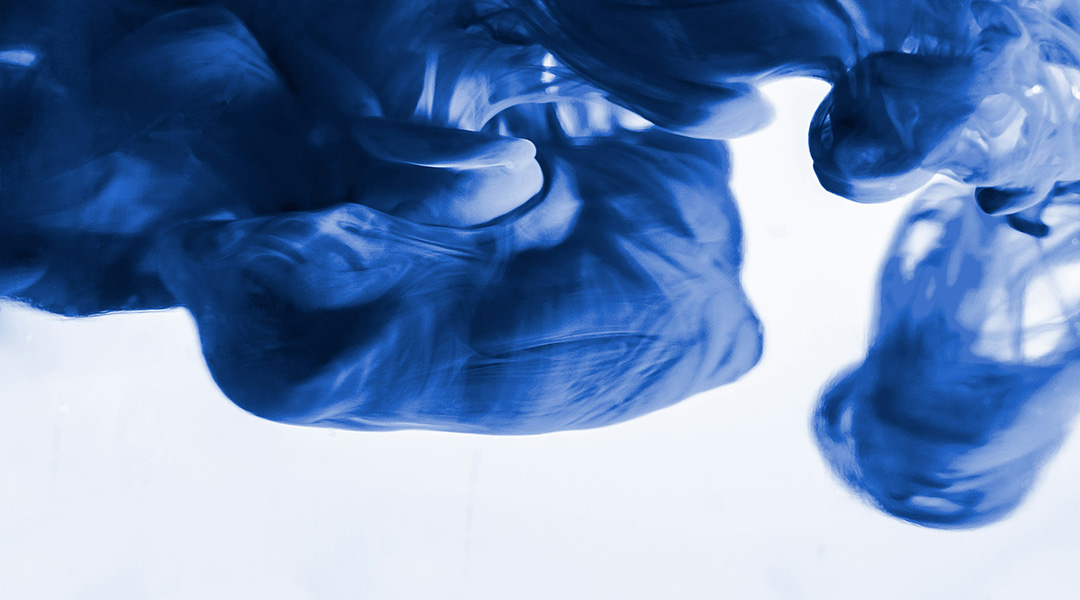As Earth’s human population burgeons, the need for cheaply produced clothing, cosmetics, and food also grows. This represents a developing ecological problem as wastewater runoff from these industries containing toxic dyes pollutes the environment.
Cleaning processes that use light to degrade and remove these toxic dyes exist and are currently in use. For example, semiconducting metal oxides like titanium dioxide (TiO2) can be used as a photocatalyst, which is a substance that uses light to speed up a chemical reaction to facilitate the mineralization of all organic pollutants into water and carbon dioxide molecules. But these methods aren’t as efficient as they could be
The photocatalysis offered by TiO2 and other semiconductor metals is limited, but it can be boosted by adding noble metals like gold (Au). A new paper published in the journal Solar RRL suggests the use of gold nanoparticle clusters (Au9) and TiO2 to degrade an acutely toxic dye called methyl orange.
“The catalyst is designed to degrade toxic dyes,” said the paper’s corresponding author, Gunther Andersson, professor of chemical physics and nanotechnology at Flinders University. “The catalyst absorbs light and passes the absorbed energy on to charge carriers, electrons, and electron holes (a location where an electron has left its place), which then drive a chemical reaction, in this case, the degradation of a toxic dye.”
Harnessing the power of light
Photocatalysis is a chemical reaction that occurs when a particle of light, a photon, is absorbed by a semiconductor catalyst. The catalyst’s electrons are excited, generating an electron-hole pairing and speeding up a chemical reaction without the photocatalyst being consumed. TiO2 is a semiconductor that has been widely suggested for environmental cleanup because it can be combined with a range of materials, including metals, nonmetals, noble metals, and even another photocatalyst, to boost its properties.
Andersson explained that the team chose Au9 clusters as co-catalysts that help with the catalytic process because TiO2 has the role of absorbing light but is, overall, a poor catalyst. Its performance gets enhanced through the Au9, he added. That is because, in TiO2, electrons quickly recombine with electron holes, thus limiting photocatalysis. Gold nanoparticles can be used as “electron sinks” that prevent recombination, allowing photocatalysis to continue.
“The Au9 clusters make the degradation process faster by enhancing the reactivity of the excited charge carriers,” Andersson continued.
The researchers found that their Au9 nanoparticle cluster-enhanced substance was highly effective in degrading methyl orange dye, capable of completely degrading this dye within 20 minutes. Like another photocatalyst, the substance can be reused to continue speeding up the dye degradation.
“Metal clusters have not yet been used to enhance such dye degradation. From a scientific point of view, it is a big step forward,” Andersson said.
What’s next?
Despite the impressive results, Andersson concedes that before the substance can be employed widely as a toxic dye-removing wastewater treatment, several other steps must be taken.
He explained that the particular substance the team used is unique because the Au clusters they enhanced it with have a fixed number of Au atoms forming the cluster. He added that using Au clusters of a different size would result in different behavior.
That means one of the next steps for the researchers will be to change the size of the Au clusters to see how this impacts performance.
“Before implementation, we would also need to investigate whether other toxic materials can be degraded, how long the catalyst lasts, and what the costs for upscaling are,” Andersson concluded.
Reference: Gunther Andersson, et al, Enhanced Photocatalytic Degradation of Methyl Orange Using Nitrogen-Functionalized MesoporousTiO2 Decorated with Au9 Nanoclusters, Solar RRL (2024), DOI: 10.1002/solr.202300943
Feature image credit: Adrien Ledoux on Unsplash

















